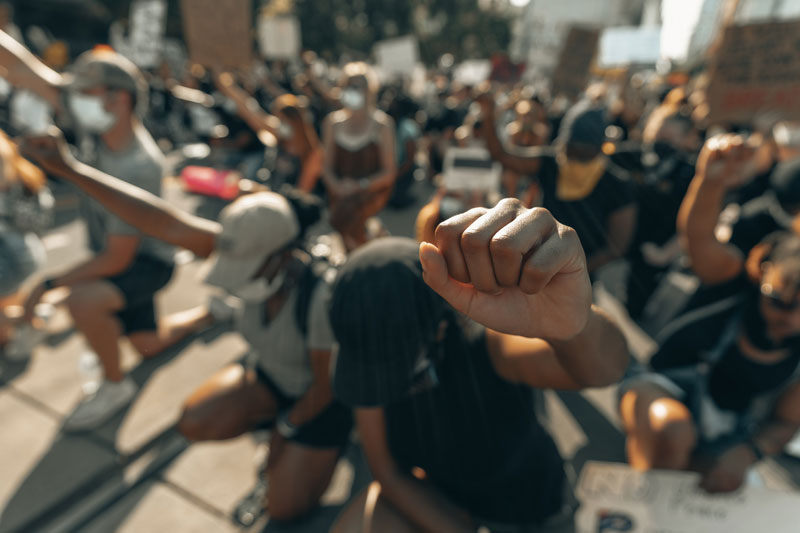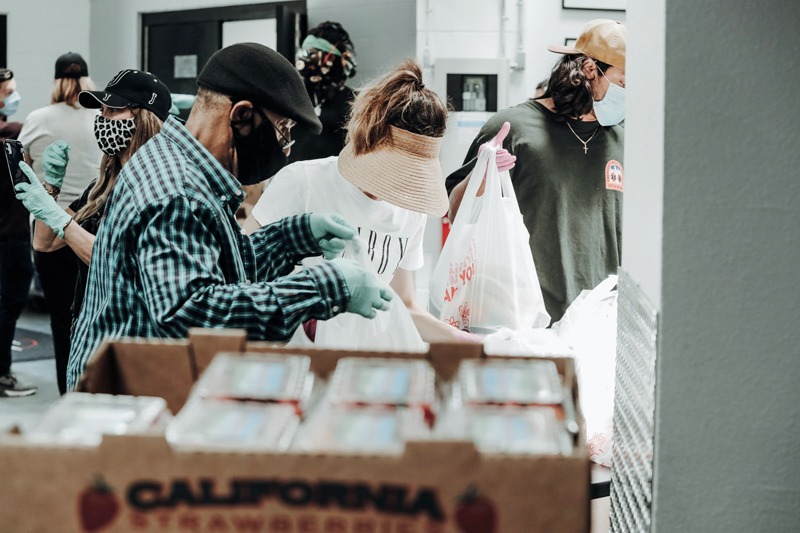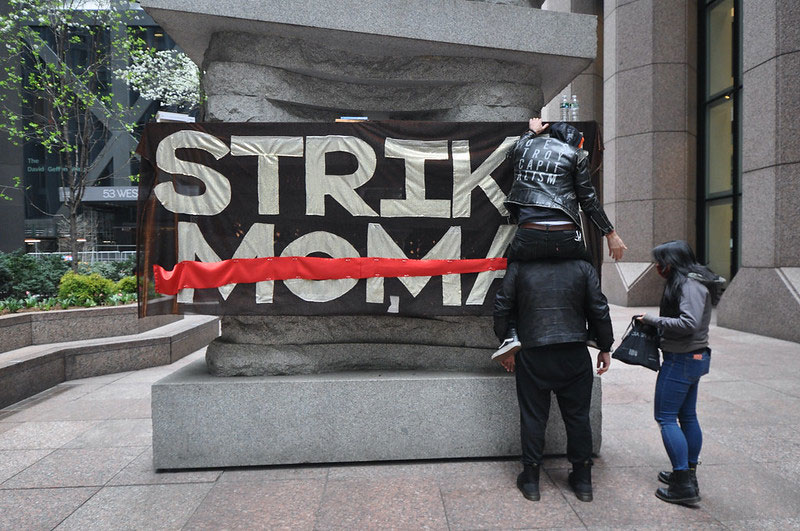| Get the newswire delivered to you – free! {source} [[form name=”ccoptin” action=”http://visitor.constantcontact.com/d.jsp” target=”_blank” method=”post”]] [[input type=”text” name=”ea” size=”20″ value=”” style=”font-family:Verdana,Geneva,Arial,Helvetica,sans-serif; font-size:10px; border:1px solid #999999;”]] [[input type=”submit” name=”go” value=”GO” class=”submit” style=”font-family:Verdana,Arial,Helvetica,sans-serif; font-size:10px;”]] [[input type=”hidden” name=”m” value=”1101451017273″]] [[input type=”hidden” name=”p” value=”oi”]] [[/form]] {/source} | Subscribe via RSS | Submit a News Item |
February 23, 2010; Wall Street Journal | Should Fannie Mae and Freddie Mac remain government-sponsored enterprises (GSEs) as they have been since their creation (Fannie in 1938, Freddie in 1970) by government to serve as a secondary market for home mortgages? Or should they be fully privatized, that is, should Fannie and Freddie no longer have the implicit government guarantees that they currently have as creatures of government serving governmentally-mandated housing finance purposes? Or, as the National Association of Realtors has just proposed, should these two GSEs become giant nonprofit corporations? The NAR’s new report suggests that the flaw in the Fannie/Freddie GSE structure is that they are structured as for-profit corporations. According to the NAR’s thinking [PDF], “any organization with a private profit and public loss structure, as the GSEs are presently structured, is inherently flawed.” These wouldn’t be, however, your garden-variety nonprofits. The new nonprofit forms of Fannie and Freddie would be “government-owned” nonprofits, according to the Realtors required to be self-funded somehow, self-sustaining without an annual appropriation from Congress. Fannie and Freddie so far have required a mere $111 billion in bailout funding just to save their $6 trillion or so in owned or guaranteed home loans, so it’s not quite clear what the business plan would be to make these governmentally-subsidized behemoths suddenly self-financing. For Nonprofit Quarterly readers, one of the interesting dimensions here is the idea of the government-owned corporation (GOC), different from a GSE which is established by government but privately owned, or a Congressionally-chartered nonprofit such as the American Red Cross or American University, with government representation on their boards but no pledge of government financing. There are a number of GOCs in existence that are well known to the American public: the Corporation for Public Broadcasting (established in 1967); the Tennessee Valley Authority (1933); the Legal Services Corporation (1974); the Millennium Challenge Corporation (a 2004 creation of the Bush Administration); and the Corporation for National and Community Service. Others may appear similar, such as the Neighborhood Reinvestment Corporation (created in 1978, though began doing business as NeighborWorks America in 2005), but NW files a form 990 unlike the GOCs, which despite their nonprofit status function like independent agencies of government. Ostensibly, the nonprofit status gives them a legal structure and identity distinct from the federal government, but, as in the case of the Corporation for National and Community Service, the appointment of the CEO goes through a Congressional review and approval process just like that of cabinet and other senior government officials. The National Association of Realtors’ proposal for the government-owned nonprofit Fannie and Freddie, until we see the business model, is less important for the proposed nonprofit structure, but more important for the Realtors’ commitment to the idea of a strong federal role in maintaining the liquidity of financing for long term, fixed rate mortgages.—Rick Cohen
Sign up for our free newsletters
Subscribe to NPQ's newsletters to have our top stories delivered directly to your inbox.
By signing up, you agree to our privacy policy and terms of use, and to receive messages from NPQ and our partners.













